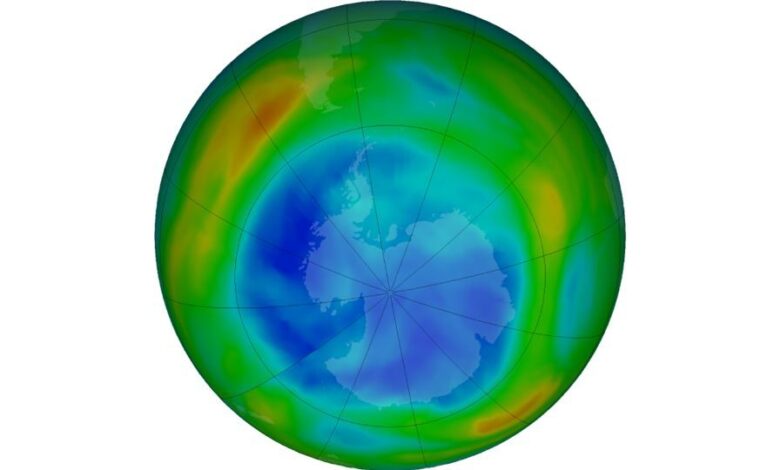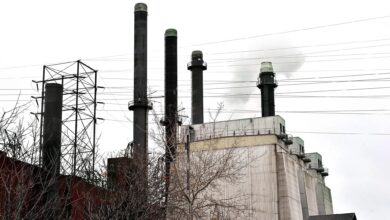
An image from NASA showing the ozone hole over Antarctica on August 17, 2021. The purple and blue colors are where there was the least ozone, and the yellows and reds are where there was more ozone. Image Credit: NASA
Environment The World2040: The Year the Ozone Layer May Fully Recover
It has been estimated that the ozone layer protecting life on Earth should be completely recovered by 2040, thanks to concerted international efforts to ban the harmful chemicals which contributed to its demise in the late 1980s.
“Ozone action sets a precedent for climate action,” states Petteri Taalas, Secretary General for the World Meteorological Organization. “Our success in phasing out ozone-eating chemicals shows us what can and must be done – as a matter of urgency – to transition away from fossil fuels, reduce greenhouse gases and so limit temperature increase.”
In the wake of the discovery that the ozone layer was thinning at an alarming rate in the second half of the 1980s, the Montreal Protocol was signed in 1987 and enforced in 1989, with 46 countries adhering to the phasing-out of ozone-depleting substances like chlorofluorocarbons (CFCs) found in refrigerators, aerosols, and solvents. Today, the use of CFCs has decreased by 99%. Should global policies remain strong, the ozone layer could regain its 1980 levels by 2040. As for the Arctic, the estimated recovery time is 2045, and in Antarctica, 2066. Scientists are exploring different solar geoengineering solutions to help curb climate warming, including the use of stratospheric aerosol injection. They consist of spraying aerosols into the stratosphere to reflect sunlight out of the Earth’s atmosphere.



